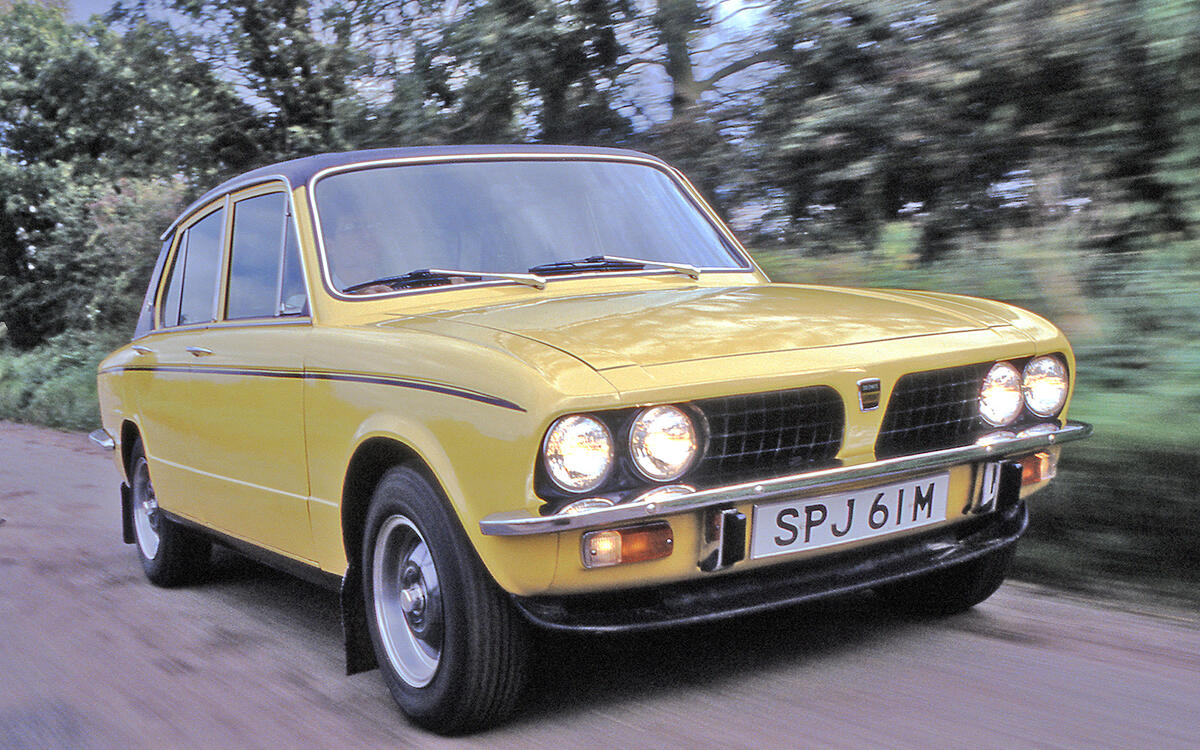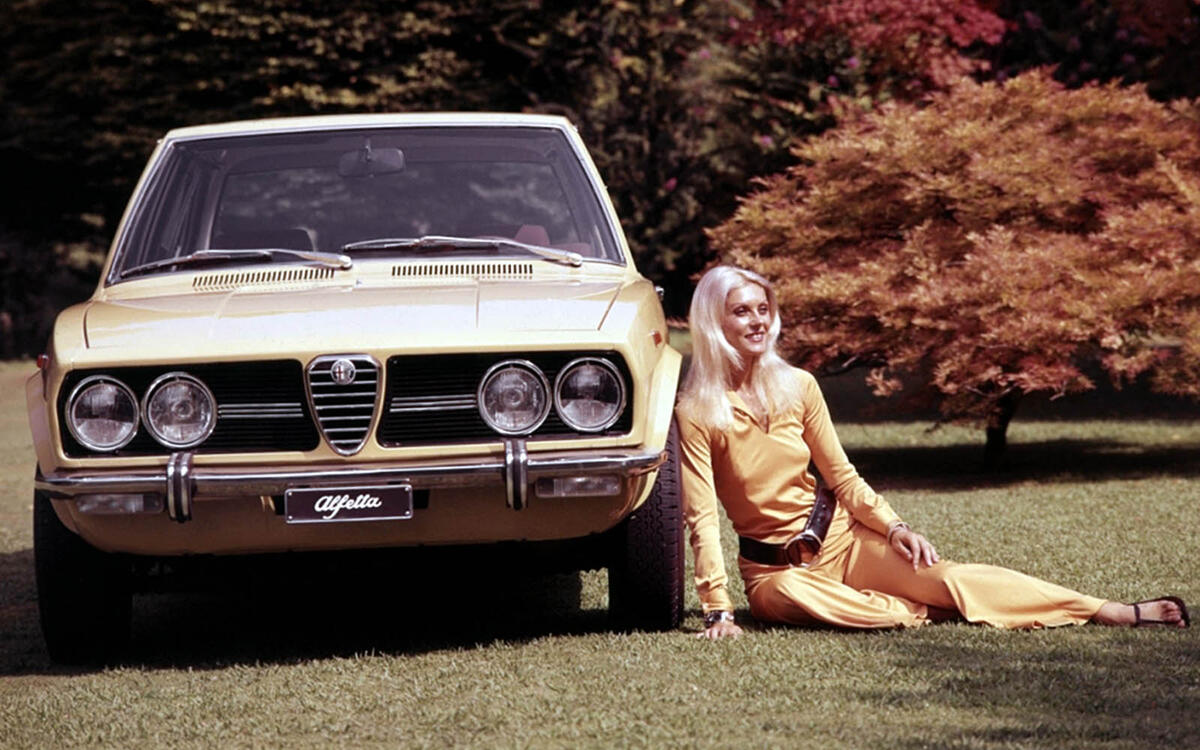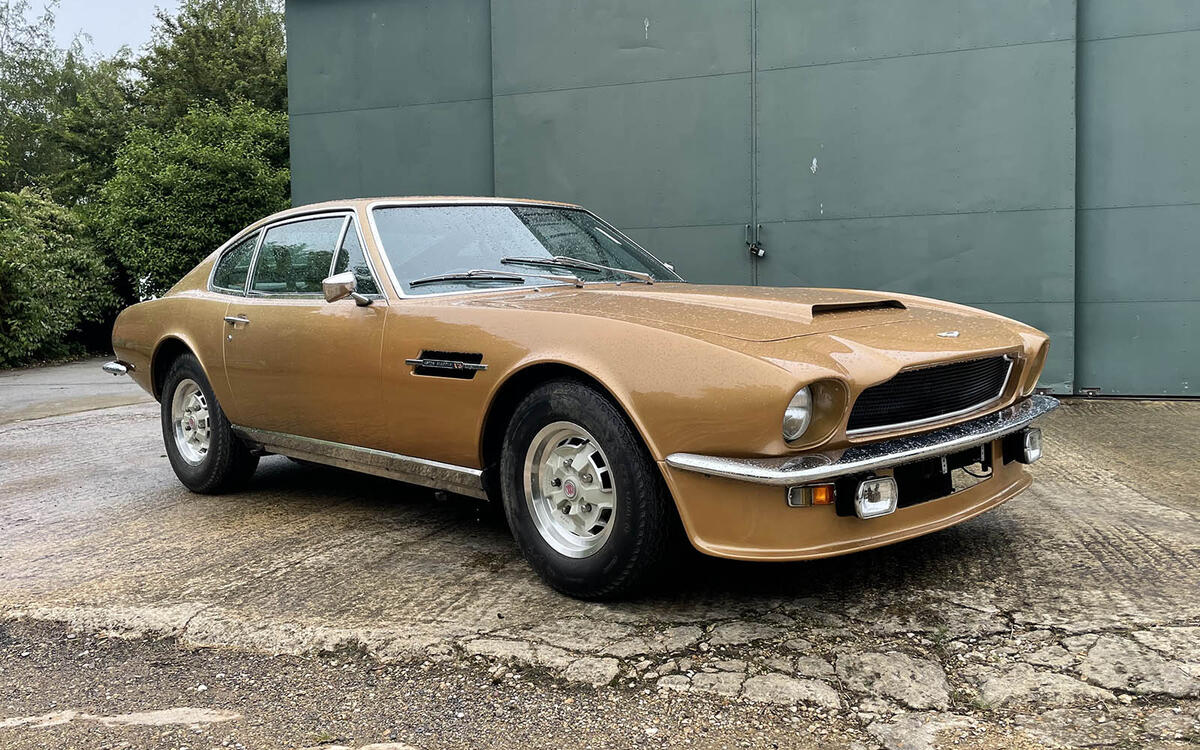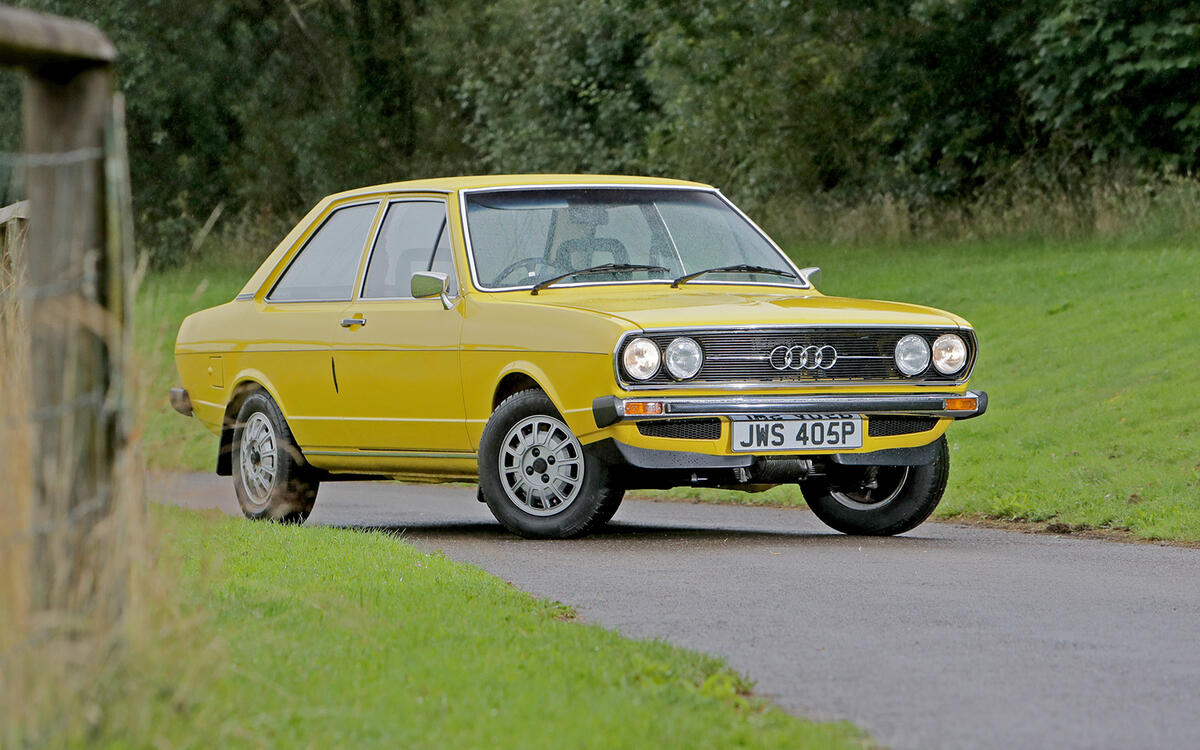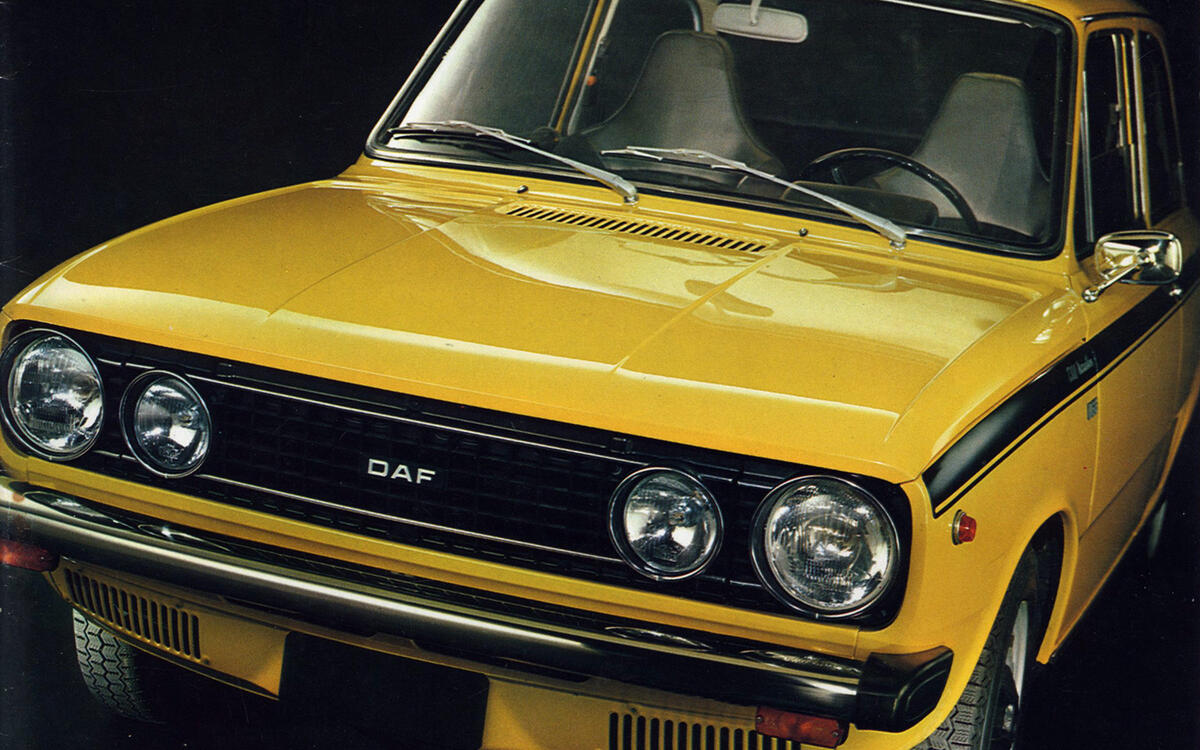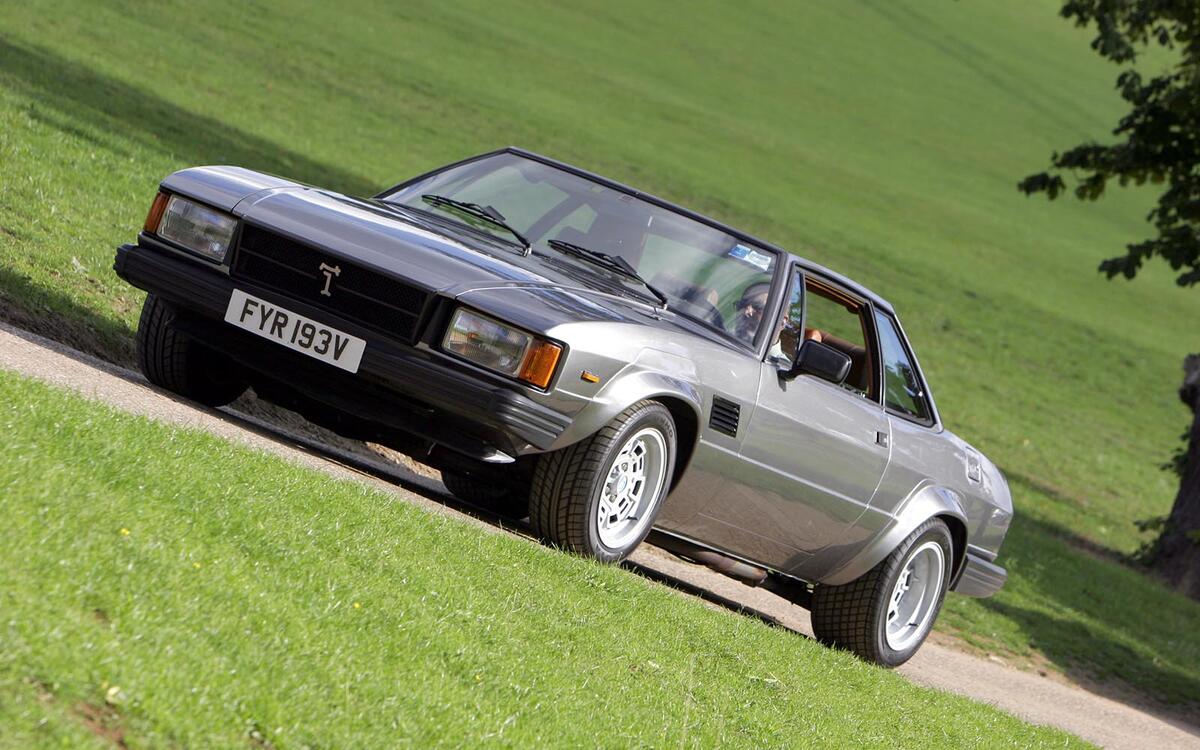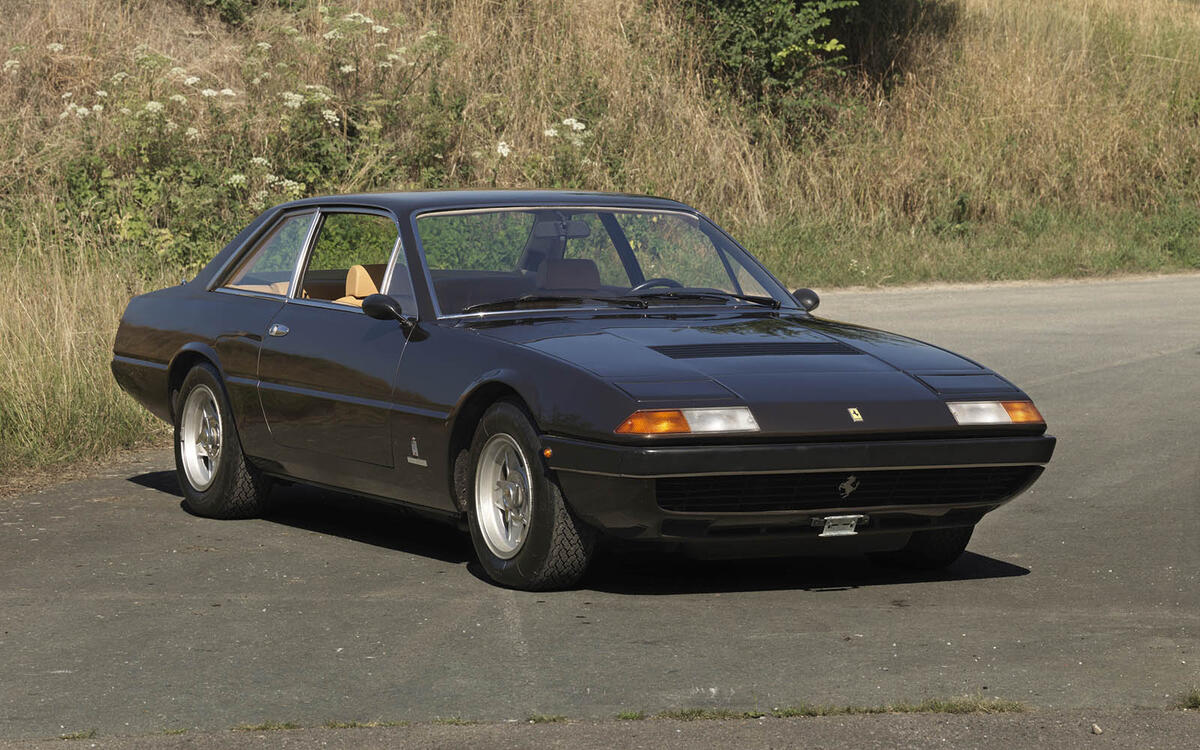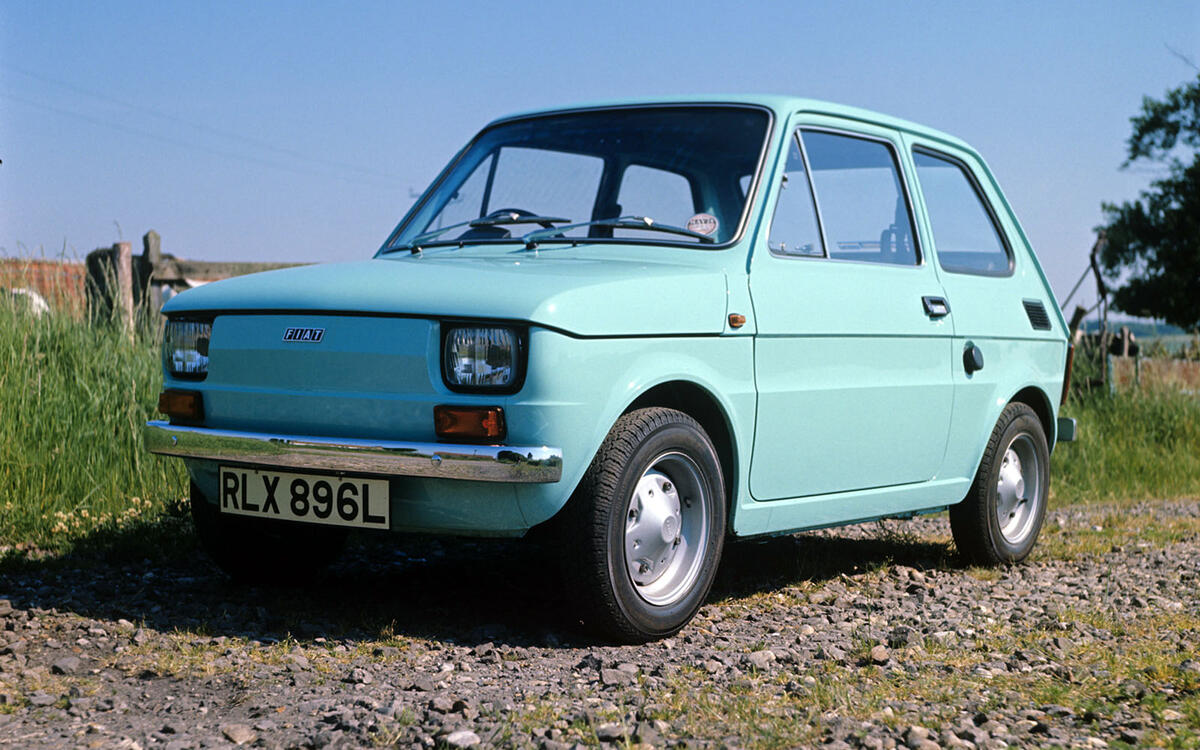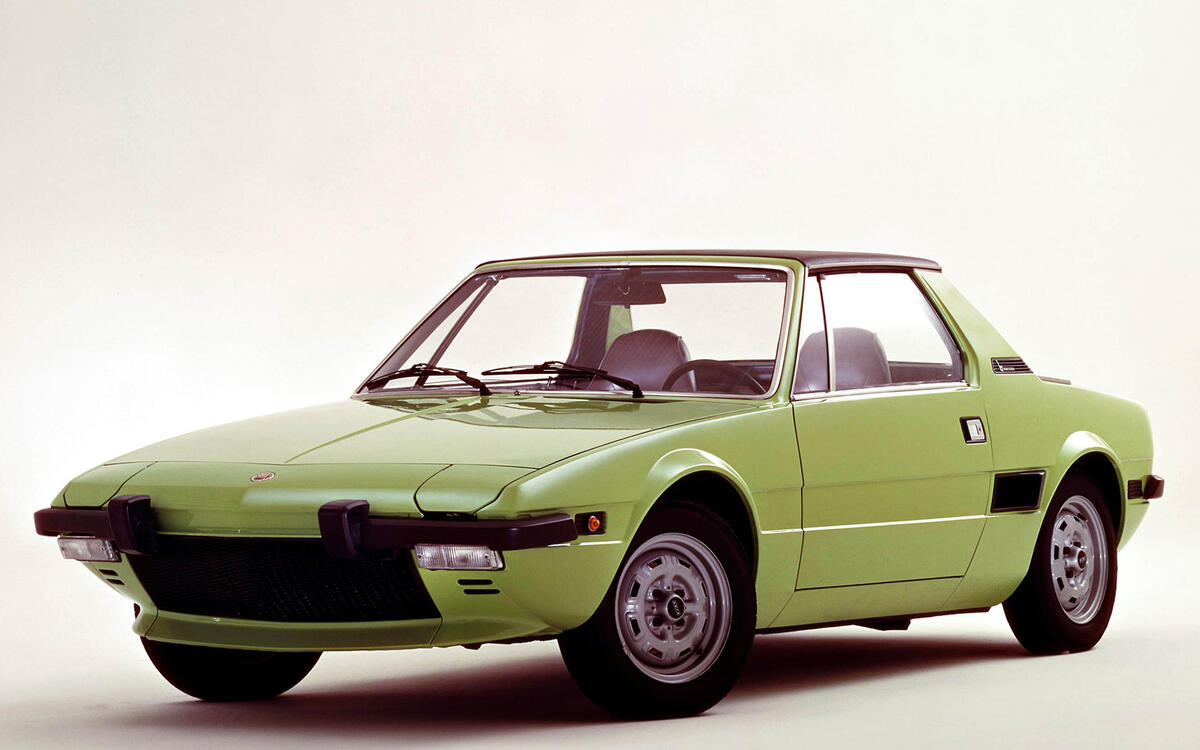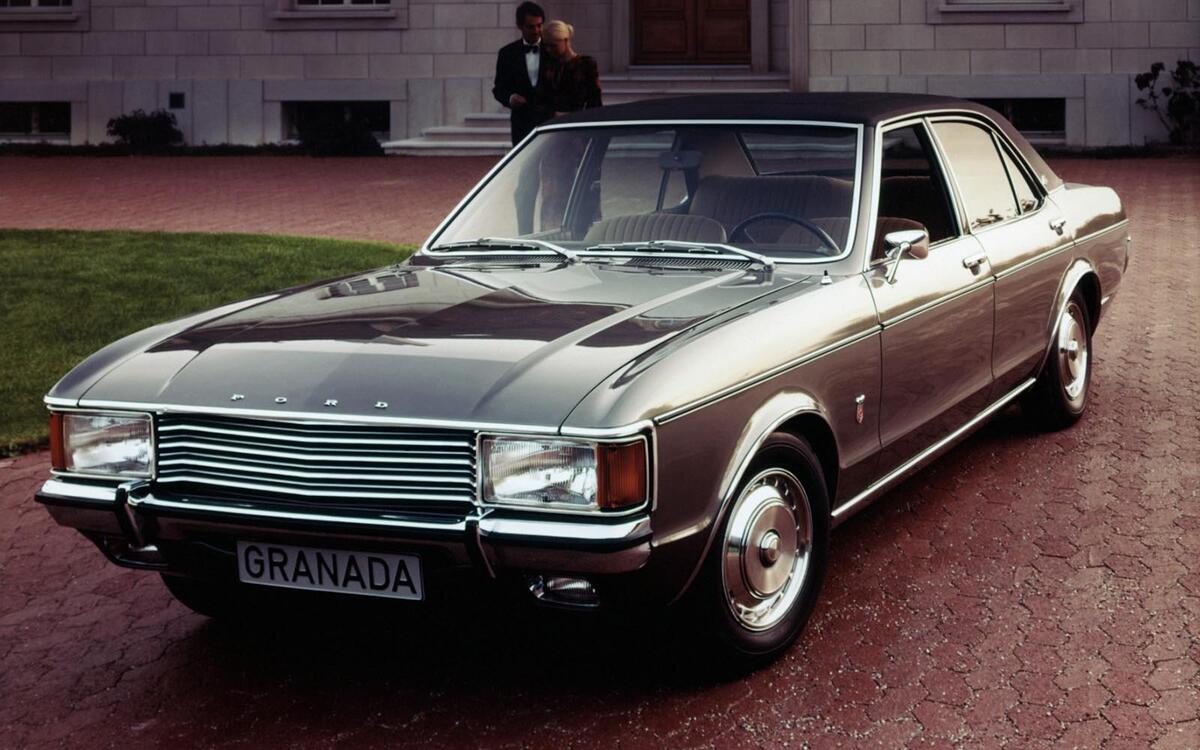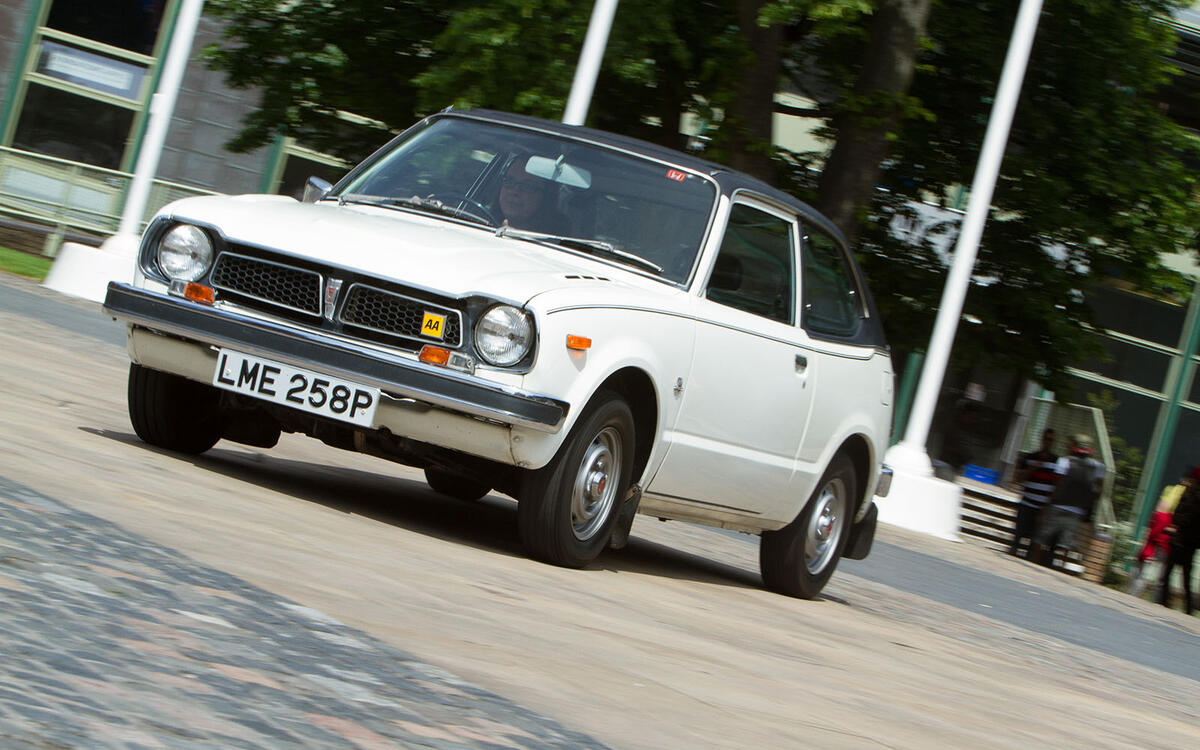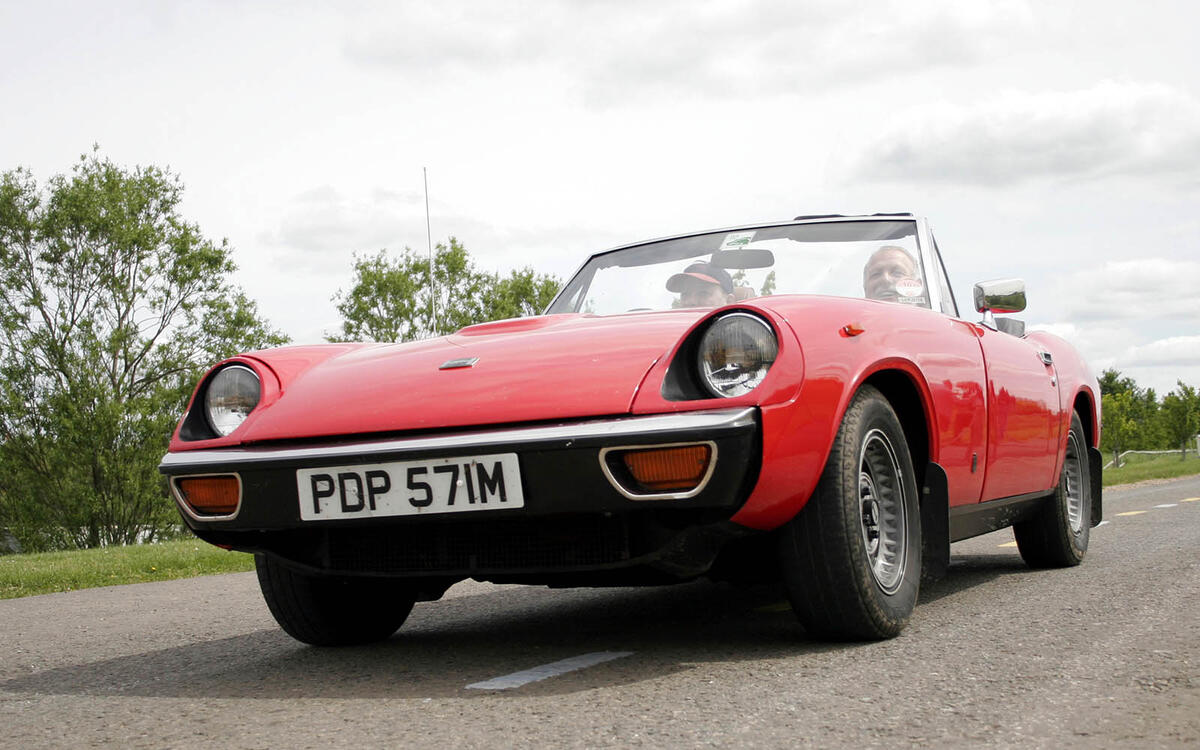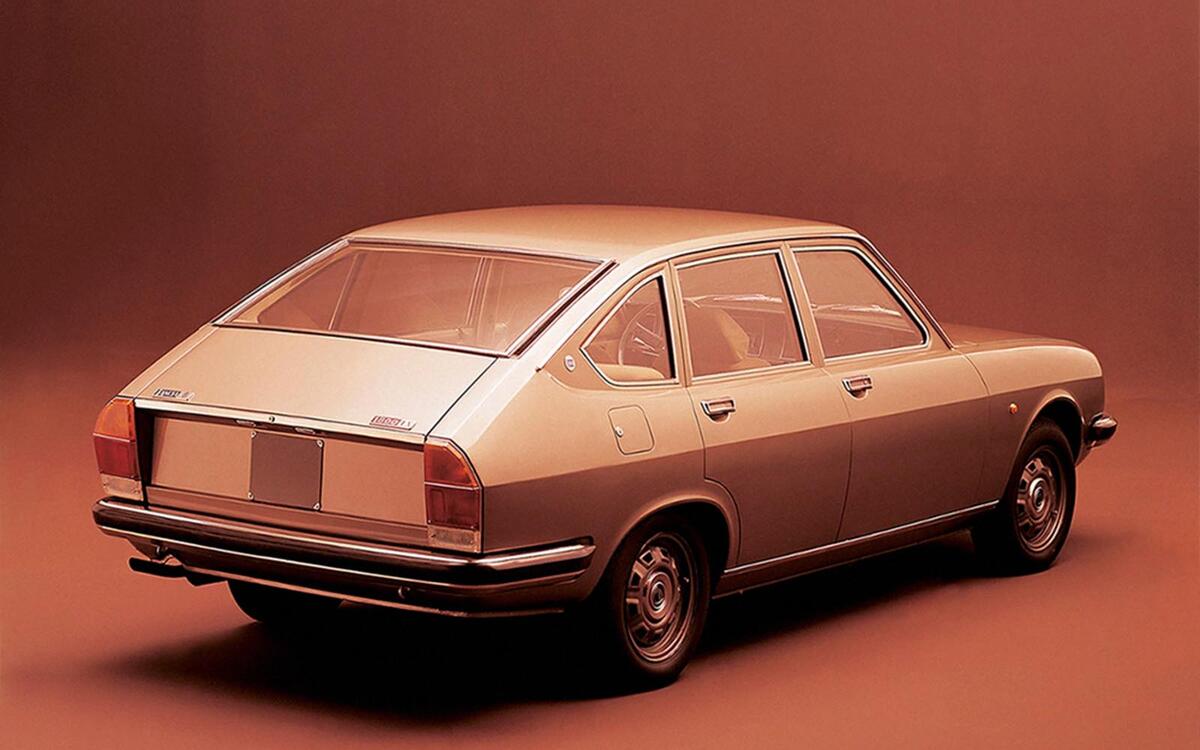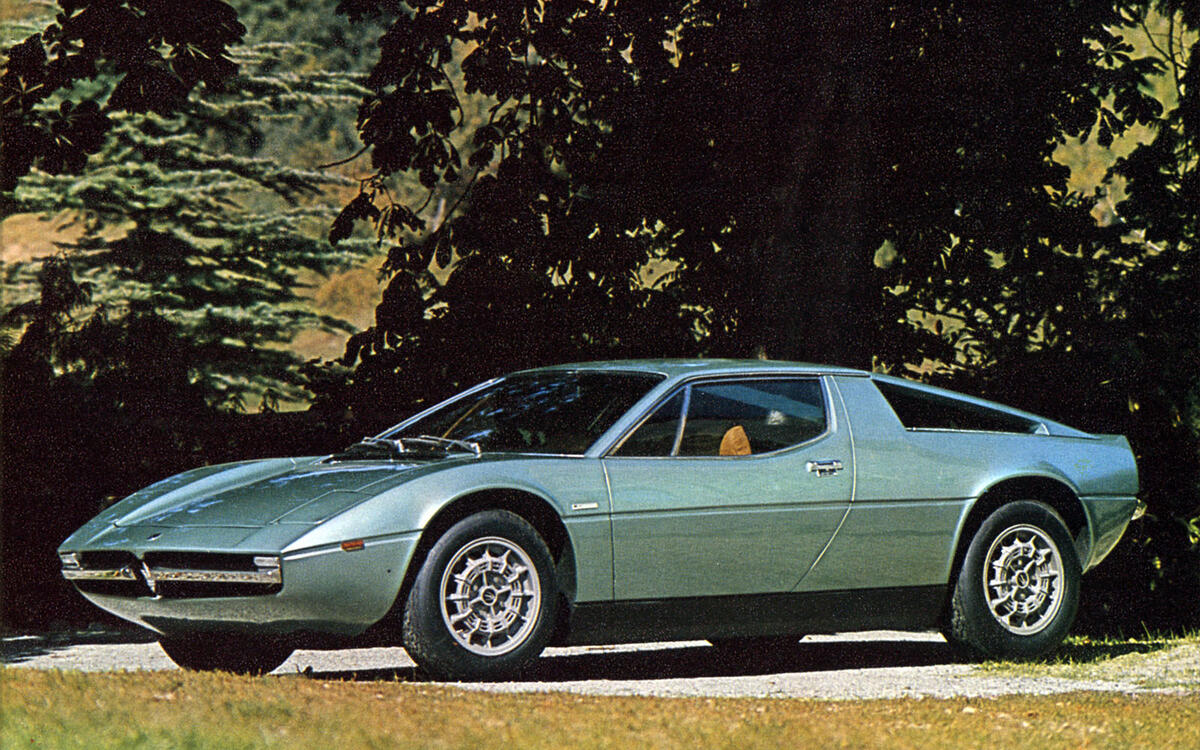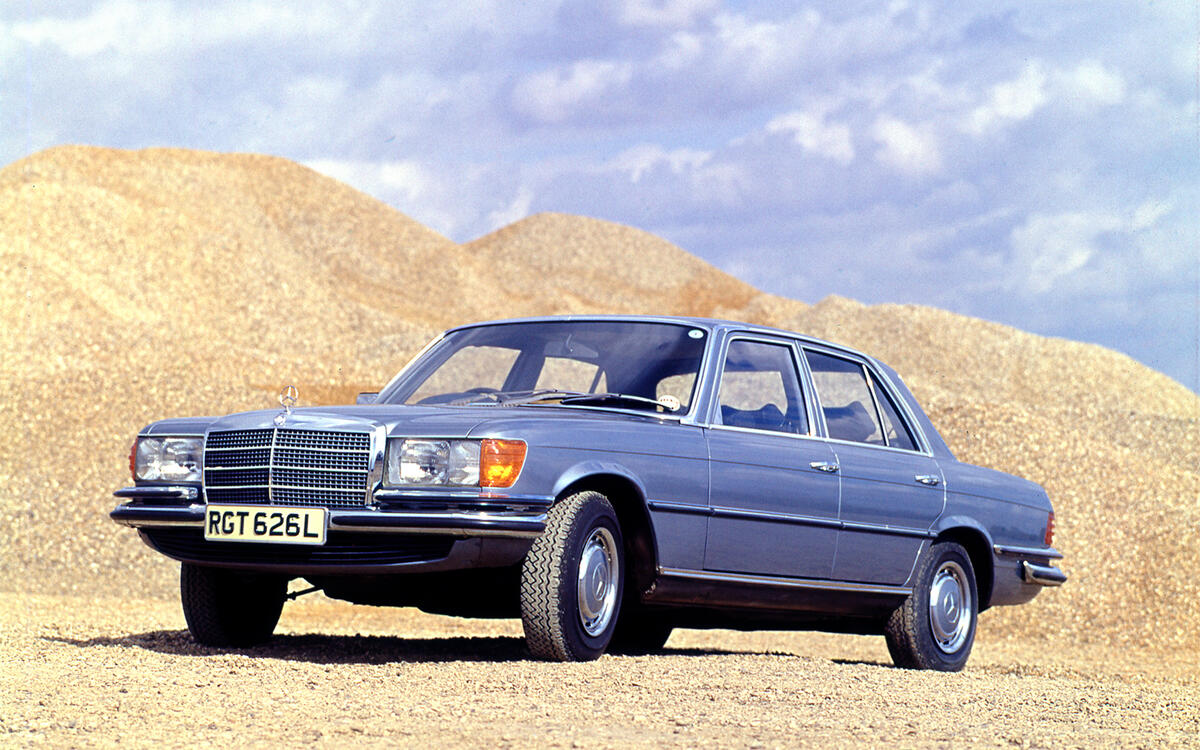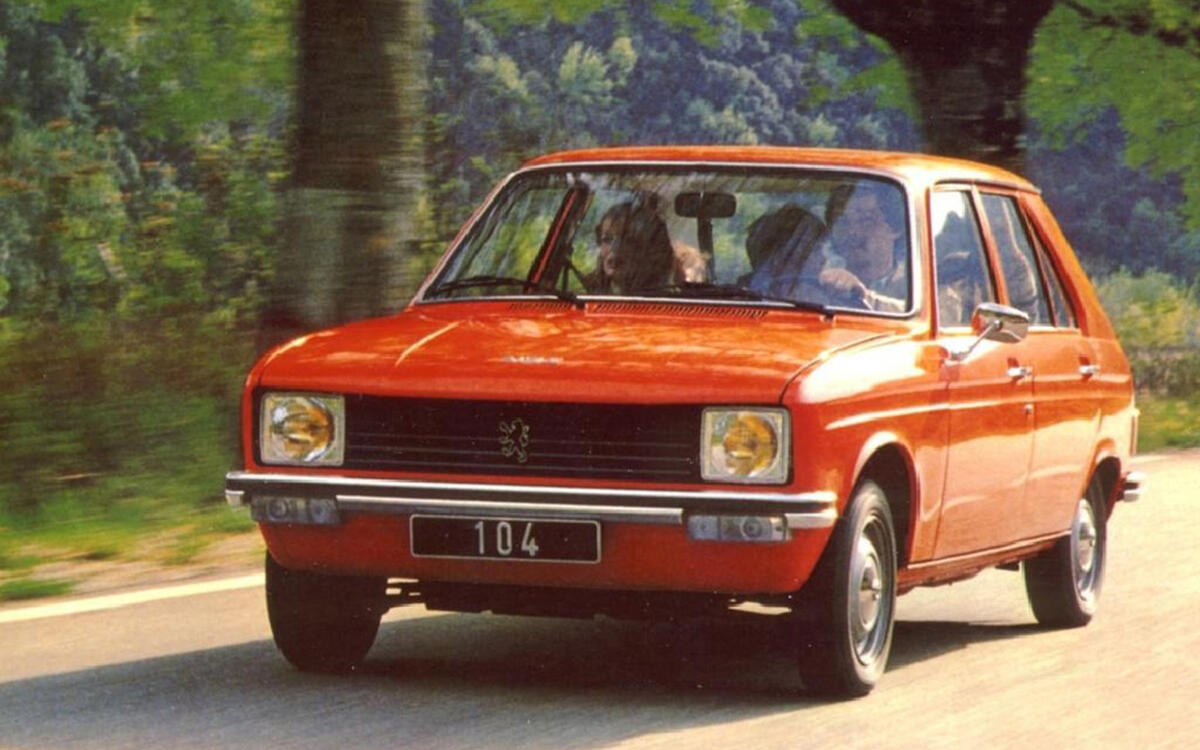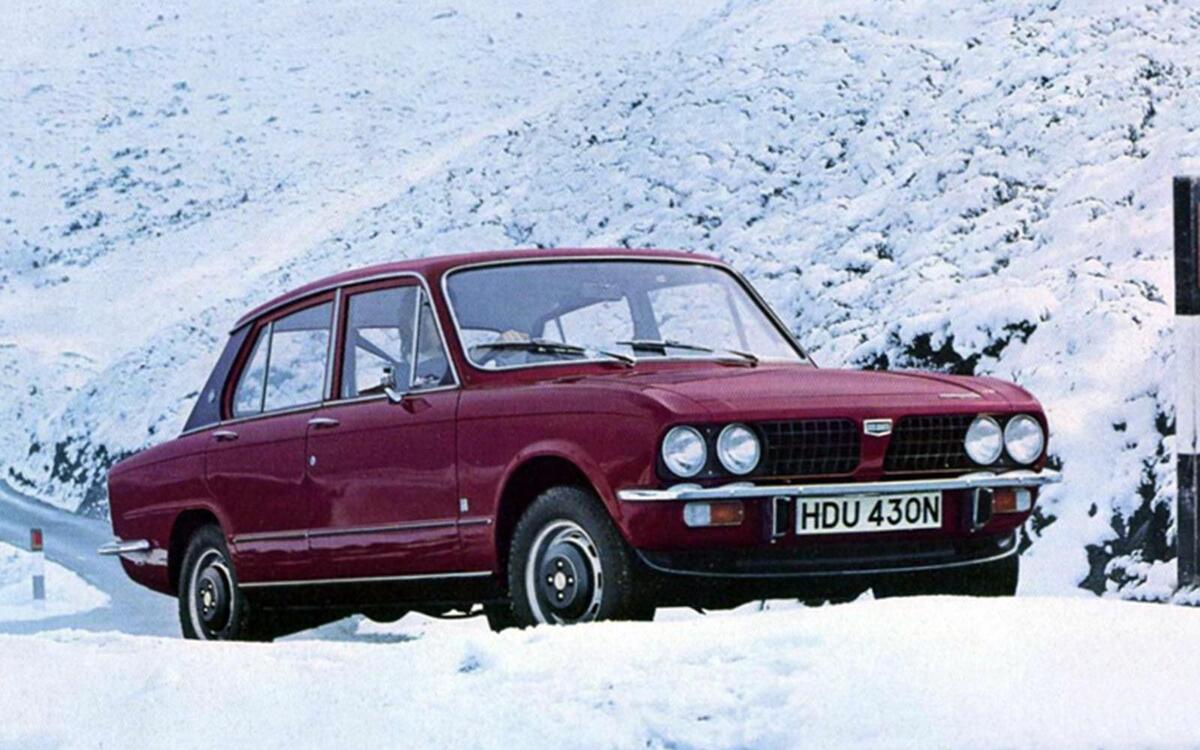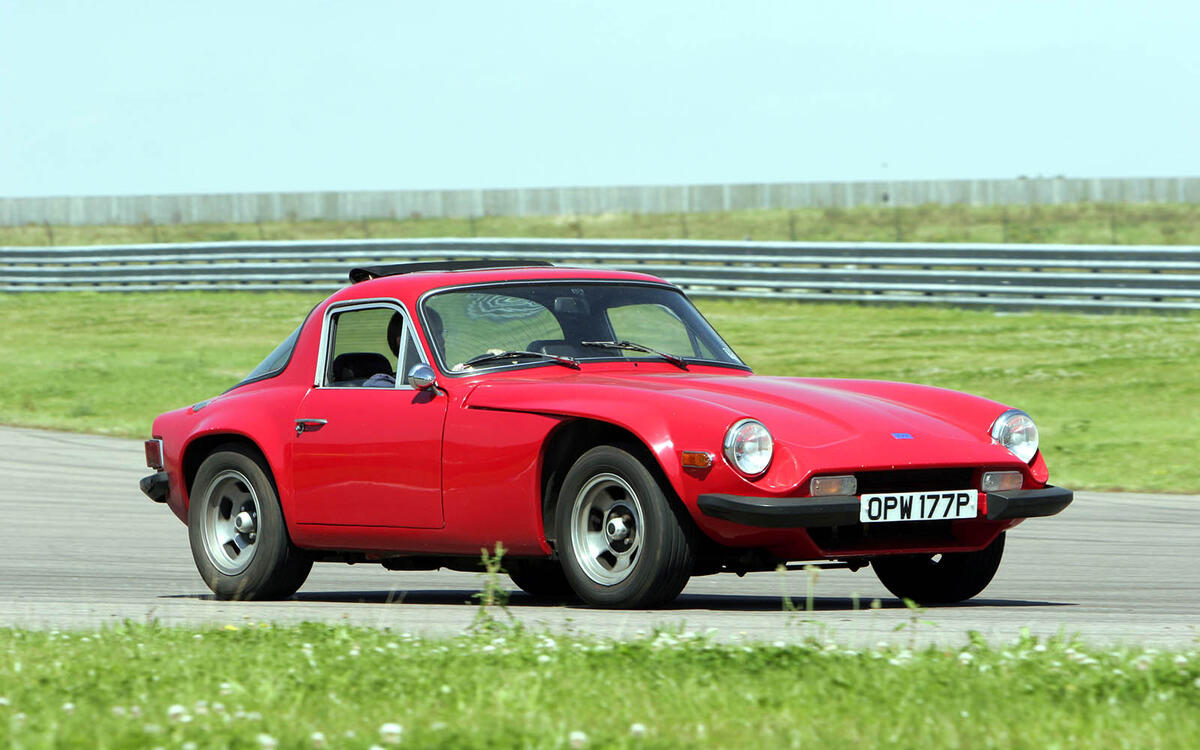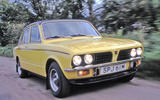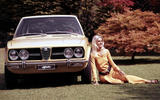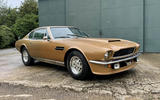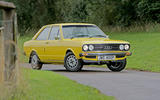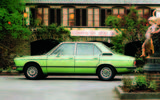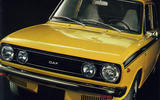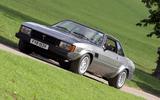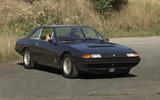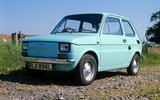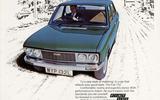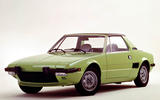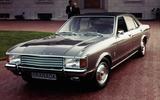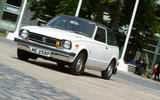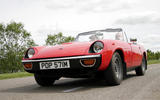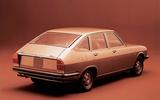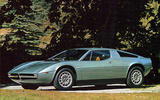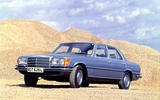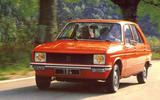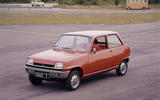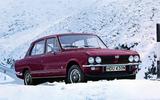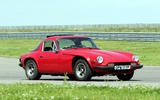 Slide of
Slide of
Fit at 50
The British car industry produced 1,971,311 cars in 1972, a record that still stands to this day. Meanwhile, UK car registrations totalled a then-record 1.7 million, with sales boosted by a reduction in purchase tax on new cars.
Elsewhere, British Leyland merged Triumph and Rover, Chrysler completed the purchase of Rootes Group, while in Germany, the VW Beetle passed the 15,007,003 production record set by the Ford Model T. But what of the cars that arrived in 1972? Here are 20 of the most significant
 Slide of
Slide of
Alfa Romeo Alfetta
It might live in the shadows of the Alfasud, but the Alfa Romeo Alfetta was no less significant than its smaller sibling. Boasting a new monocoque platform, a range of twin-cam engines, a transaxle gearbox and de Dion rear suspension, the Alfetta was one of the finest four-door saloons of the era. It also spawned a range of pretty coupés, with overall sales totalling 450,000 before production stopped in 1984. The platform remained in use for two decades.
 Slide of
Slide of
Aston Martin V8
1972 marked the end of an era for Aston Martin with David Brown Corporation selling the firm to Company Developments Ltd. This led to the famous DB initials being dropped from its range of cars and a restyling for the DBS V8, which became the Aston Martin V8. Cars built from May 1972 to July 1973 used a similar engine with Bosch fuel injection, with air conditioning fitted as standard. This example, which requires recommissioning, was sold at a Bonhams auction in 2021 for £42,750.
 Slide of
Slide of
Audi 80
The original Audi 80 (B1) was good enough to scoop the 1973 European Car of the Year award, beating the Renault 5 and Alfa Romeo Alfetta in the process. UK sales began in October 1972 with a trio of derivates: 60bhp 1296cc (L), 75bhp 1471cc (LS) and 85bhp 1471cc (GL). The 80 GT (pictured) arrived in 1974 and used the same 1588cc engine as the Mk1 Golf GTI, albeit with a Solex twin-choke carb instead of fuel injection.
 Slide of
Slide of
BMW 5 Series (E12)
The current BMW 5 Series can trace its roots back to the original E12 of 1972. Designed to slot in between the 2002 (later the 3 Series) and the 6 Series that would launch in 1976, the four-door saloon was offered with a choice of carb-fed or fuel-injected four-cylinder engines, although a six-cylinder version would arrive in the form of the 525. This was also the year in which BMW unleased the E9 3.0 CSL homologation special.
 Slide of
Slide of
DAF 66
The DAF 66 was a modernised version of the DAF 55, the company’s first water-cooled car. A facelift extended to different front wings, a flatter bonnet, plastic grille, rear lights and dashboard, but the biggest change was to the design of the suspension. Gone was the swing-arm arrangement, replaced by a de Dion setup. The Giovanni Michelotti-penned DAF became the Volvo 66 following the takeover of the Dutch firm.
 Slide of
Slide of
De Tomaso Longchamp
The Longchamp was the last model made by the De Tomaso-Ghia-Ford collaboration. Based on a shortened version of the Deauville chassis and designed by Tom Tjaarda, the Longchamp featured a 5.8-litre Ford Cleveland V8 engine and was available as a coupé and convertible. Sales continued until 1989, although production ended in 1986, by which time a total of 409 cars had been built.
 Slide of
Slide of
Ferrari 365 GT4 2+2
Unveiled at the 1972 Paris motor show, the Ferrari 365 GT4 2+2 remained in production until 1976 when it was replaced by the 400 series. The bodies were built and trimmed by Pininfarina in Turin before being shipped to Maranello for the installation of the mechanical components. Its 4.4-litre V12 twin-cam-per-bank engine produced 340bhp to give a top speed of 245km/h (152mph).
 Slide of
Slide of
Fiat 126
Few companies were busier than Fiat in 1972, with many new cars arriving by the end of the year. The 126 faced the unenviable task of replacing the iconic 500, although production of the ‘Cinquecento’ continued until 1975. The 126 was unveiled at the Turin motor show in October, with UK deliveries commencing in the summer of 1973. Some 4.7 million units were built, with assembly of the Polski Fiat 126p continuing in Poland until the turn of the millennium.
 Slide of
Slide of
Fiat 132
Launched in 1972, the Fiat 132 arrived in the UK in January 1973 as a replacement for the 125. A choice of two four-cylinder twin-cam engines were available at launch – 1592cc and 1756cc – with a flagship 1995cc arriving in 1977. For the first time in a Fiat of this size, an automatic transmission was offered, with four- and five-speed gearboxes also available. The Argenta replaced the 132 in 1981.
 Slide of
Slide of
Fiat X1/9
You can’t always get what you want, sang Mick Jagger in 1969. Fiat dealers would have been saying the same thing to impatient UK customers following the launch of the X1/9 in 1972, which didn’t arrive in right-hand drive form until 1977. The first cars were powered by a 1.3-litre four-cylinder engine producing 73bhp, but an 85bhp 1.5-litre unit arrived in 1979. Production ended in 1990 after 163,750 had been built.
 Slide of
Slide of
Ford Consul and Granada
Ford required a High Court ruling to use the Granada badge, with Britain’s Granada Group seeking a temporary injunction to prevent the car company from using the name. The cars were built in Cologne and Dagenham, with power sourced from a range of V4 and V6 Essex engines. The luxury Granada Ghia arrived in 1974, before the Consul name was dropped in 1975. We miss Ford’s big saloons…
 Slide of
Slide of
Honda Civic
The Daihatsu Compagno was the first Japanese car to be sold in the UK. Its arrival in 1965 began what Autocar described as the “the long-threatened” Japanese “invasion” of our car market. Things moved up a gear in October 1972 when the original Honda Civic was unveiled at the British motor show. Five decades later, Honda unveiled the eleventh-generation Civic at the LA motor show. Time flies when you’re a global sales star, with nameplate sales of over 20 million and counting.
 Slide of
Slide of
Jensen Healey
With the Austin-Healey marriage over, Donald and Geoff Healey jumped into bed with Jensen to create, perhaps obviously, the Jensen-Healey. The eponymous sports car used a Lotus-sourced 2.0-litre 16-valve twin-cam engine, a Rootes/Chrysler gearbox, and suspension from a Vauxhall Viva to great effect. Performance was brisk, but quality problems plagued early cars. Around 10,500 cars were built before production ended in 1976.
 Slide of
Slide of
Lancia Beta
This was Lancia snatching defeat from the jaws of victory. The first Lancia to be built under Fiat ownership was streets ahead of its rivals, featuring the likes of independent suspension, a new five-speed gearbox, twin-cam engines and disc brakes. Unfortunately, the Beta is best known in the UK for the lack of rustproofing in early examples, which resulted in Lancia buying back cars from dissatisfied owners. Later cars were improved and came with a five-year anti-corrosion warranty, but Lancia’s reputation never recovered.
 Slide of
Slide of
Maserati Merak
Designed by Giorgetto Giugiaro and powered by a 2965cc V6 engineered for the Citroën SM, the Merak was Maserati’s response to the fuel crisis. The smaller engine made it possible to fit a pair of rear seats, which gave the Merak a practical advantage over the V8-engined Bora. Autocar described it as “outstandingly good-looking” and a “worthy competitor in the ‘cut-price exotic’ class”.
 Slide of
Slide of
Mercedes S-Class (W116)
Still want that Rolls-Royce Silver Shadow? The Mercedes-Benz S-Class added some Germanic qualities to go with the pomp and circumstance of the luxury car sector and was described by one German title as ‘one of the world’s most perfect cars’. Launched with a range of six-cylinder engines, the S-Class was also offered with a 4.5-litre V8.
In 1975 Mercedes launched a complex and expensive variant equipped with a 6.9-litre V8, good for 286bhp generally but throttled down for emissions reasons in the US to 249bhp. A new order had been established; the S-Class has been at the forefront of automotive technology ever since
 Slide of
Slide of
Peugeot 104
Meanwhile, back in the real world, Peugeot launched the 104. All but extinct in the UK today, some two million 104s were built between 1972 and 1988, with the car also forming the base for the Talbot Samba and Citroën Visa. Launched as a four-door with a conventional boot, a more practical five-door variant arrived in 1976. There was also a short-wheelbase coupé version, which included the ZS junior hot hatch.
 Slide of
Slide of
Renault 5
In terms of sheer numbers, the Renault 5 was probably the most significant launch of 1972. Nearly 5.5 million units were built before the original 5 made way for the Supercinq in 1984. This was one of the first superminis to hit the market, boasting front-wheel drive convenience and hatchback practicality. As the numbers suggest, it became the best-selling car in France.
 Slide of
Slide of
Triumph Dolomite
The Triumph Dolomite was a four-door saloon good enough to take on the European elite. Indeed, in Sprint form, it was one of the decade’s greatest performance cars. Impressive for a rear-wheel drive saloon based on a front-wheel drive car dating back to 1965. We placed the Dolomite Sprint 93rd on our list of the top 100 British cars ever. Thanks to its 127bhp 1998cc 16-valve engine, the ‘Dolly’ Sprint could hit a top speed of 119mph.
 Slide of
Slide of
TVR M-Series
The TVR M-Series arrived in 1972 with the launch of the 1600M. Power was sourced from a 1599cc Ford engine, but just 148 were made. The range also included the TR6-powered 2500M and the Essex V6 3000M. The quickest and most coveted versions featured a turbo, each one boasting a top speed of 140mph and a 0-62mph time of 5.7sec. Production ended in 1979.
We go back in time to look at 20 new cars of 1972. There’s not a crossover or SUV to be seen.
Advertisement


